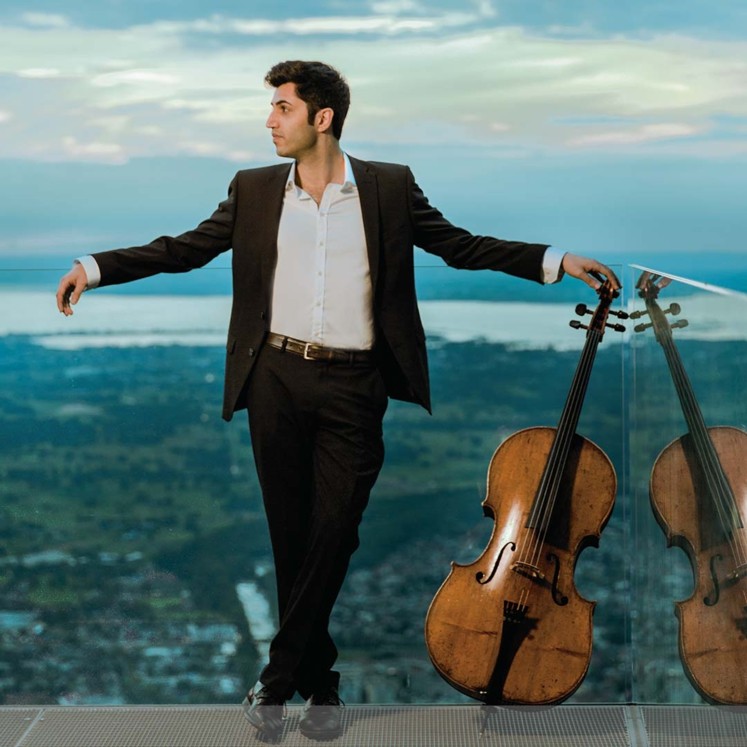
Sir Antonio Pappano, the Orchestra dell’Accademia Nazionale di Santa Cecilia, and star cellist Kian Soltani draw attention to the diversity and abundance of contemporaneous orchestral and symphonic forms which were affected by Bruckners compositional development. Special attention is given to France and Spain. In Emmanuel Chabrier`s Rhapsody España, which Gustav Mahler declared to be the beginning of musical modernism, we hear the lingering effects of the folk dances and folk songs which the composer got to know during his Spanish travels in 1882. In Georges Bizet´s classical Symphony in C major elements of „exotic“ Spanish folk music appear here and there, having already been anticipated in his masterpiece, the opera „Carmen“.
With his tone poem Don Quixote Richard Strauss created a monument to what is probably the most famous of Spanish literatury characters, from Miguel de Cervantes’ novel of the same name, and created in the use of the solo violoncello a completely new art form in orchestral music, somewhere between fantasy, variation, symphony and concerto.
The first mention of this work - „Don Quixote. Crazy, free variations on a chivalric theme“ - is to be found in Strauss' diary on the date of 11th October 1896, the day Anton Bruckner died.
Emmanuel Chabrier (1841–1894)
España. Rhapsody for Orchestra (1883)
Georges Bizet (1838–1875)
Symphony in C major (1855)
– Interval –
Richard Strauss (1864–1949)
Don Quixote. Fantasy Variations on a Chivalric Theme for Violoncello and Orchestra, Op. 35 (1897)
Kian Soltani | Violoncello
Orchestra dell’Accademia Nazionale di Santa Cecilia
Sir Antonio Pappano | Conductor